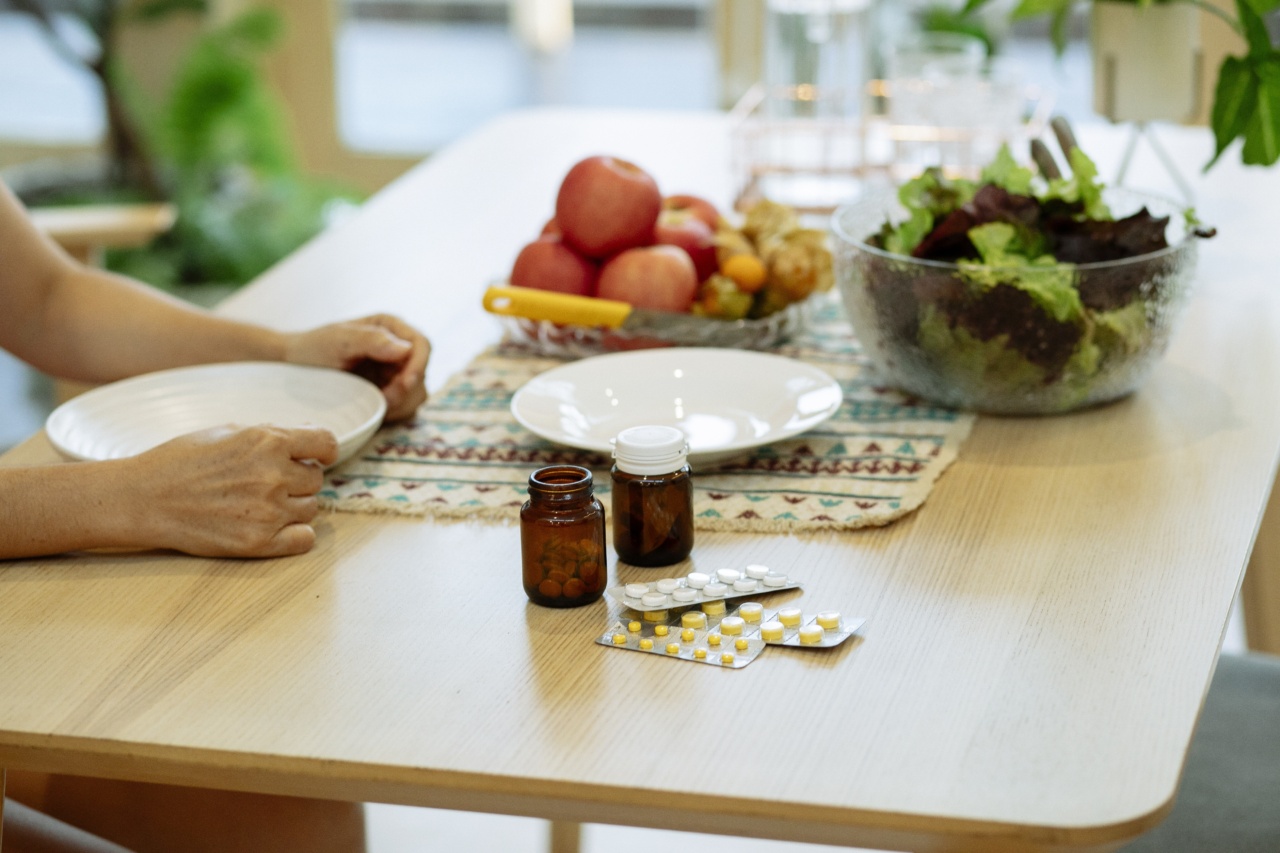Mold is a type of fungus that can grow on food under certain conditions. It is not uncommon to find mold on various food items, such as bread, cheese, fruits, and vegetables. Many people wonder whether eating moldy food can make them sick.
In this article, we will explore the potential health risks associated with consuming moldy food and provide insights into how to prevent mold growth on food.
What is mold?
Mold is a type of fungi that reproduces by producing spores. It thrives in warm, moist environments, making certain foods particularly susceptible to mold growth.
Mold can appear in various colors, including green, white, black, or grey, and can have a fuzzy or slimy texture. While some types of mold are harmless, others can produce mycotoxins, which are toxic substances that can cause illness when ingested.
The potential health risks
Consuming moldy food can pose certain health risks due to the presence of mycotoxins. These mycotoxins can cause allergic reactions, respiratory problems, and in some cases, serious infections.
However, it is essential to note that not all moldy food contains mycotoxins, and not everyone reacts to them in the same way. Certain individuals may be more susceptible to the effects of mycotoxins than others.
Allergic reactions
For individuals who are allergic to mold, eating moldy food can trigger symptoms such as sneezing, watery eyes, runny nose, itching, or skin rashes.
These allergic reactions occur when the immune system overreacts to the presence of mold spores or mycotoxins. Allergic reactions to mold tend to be more common in people with pre-existing allergies or asthma.
Respiratory problems
Inhaling or ingesting mold spores can also lead to respiratory problems for some individuals. These problems can range from mild symptoms such as coughing, wheezing, or nasal congestion to more severe conditions like bronchitis or pneumonia.
People with compromised immune systems, such as those with HIV/AIDS or undergoing chemotherapy, are particularly susceptible to respiratory infections caused by mold.
Infections
In rare cases, consuming moldy food contaminated with certain types of mold can lead to fungal infections. These infections typically affect the gastrointestinal tract and can cause symptoms such as nausea, vomiting, stomach pain, and diarrhea.
People with weakened immune systems, such as organ transplant recipients or individuals with diabetes, are at a higher risk of developing these infections.
Prevention is key
The best way to avoid the potential health risks associated with eating moldy food is to prevent mold growth altogether. Here are some preventive measures you can take:.
1. Check for mold
Before consuming any food, inspect it closely for any signs of mold. Check the surface as well as any crevices or openings where mold could hide. If you notice any mold growth or discoloration, discard the entire food item.
2. Store food properly
Proper storage is crucial in preventing mold growth on food. Keep perishable foods refrigerated and consume them before the expiration date.
Use airtight containers for storing leftovers and ensure they are sealed properly to prevent mold spores from entering.
3. Keep a clean environment
Mold thrives in dirty environments, so it is essential to keep your kitchen and storage areas clean. Regularly clean your refrigerator, cabinets, and pantry shelves to remove any food residue or spills that could attract mold.
Additionally, ensure proper ventilation to reduce humidity levels.
4. Do not sniff moldy food
Sniffing moldy food can expose you to mold spores or mycotoxins, which can potentially cause respiratory problems. Even if the food appears to have a small spot of mold, it is best to discard it instead of sniffing or inhaling it.
5. Cut off moldy portions
If you notice mold on a food item with a hard surface, such as hard cheese or firm fruits and vegetables, you can cut off a safe distance from the affected area.
However, this method is not recommended for porous food items like bread or soft fruits, as mold can penetrate deeper than what is visible on the surface.
When to seek medical attention?
If you accidentally consume a small amount of moldy food, you are unlikely to experience severe health effects.
However, if you develop persistent symptoms such as severe allergic reactions, respiratory distress, or signs of infection after consuming moldy food, it is recommended to seek medical attention.
Conclusion
While consuming moldy food can potentially make you sick, the severity of the health risks varies depending on factors such as the type of mold, the individual’s immune response, and the amount of mold ingested.
It is always best to practice caution and discard any food item that shows signs of mold growth. By following proper storage and hygiene practices, you can significantly reduce the chances of encountering moldy food and its associated health risks.






























